The 6 biggest F1 testing shocks
F1 pre-season testing is underway, and we've had our first look at the new 2023 cars out on track, at least in an official sporting capacity. At this stage, most of the teams have already taken their cars out on track for some initial shakedowns, but the testing that takes place in Bahrain over the next three days ought to give us the clearest idea yet of what the order might be for the coming season.

That being said, F1’s pre-season testing can be famously misleading. It’s often said that you should never pay too much head to the time sheets before the first qualifying session of the year, but it’s always good fun to try and glean whatever insight we can into which team has got it right, and which team has got it violently wrong.
Sometimes, pre-season testing can throw up some pretty big surprises, the kind of results you’d never have thought possible. Championship domination can turn to shambling struggle, while brand new teams can send a shockwave through the paddock. Here are some of the biggest F1 testing shocks.
6. Arrows (2000)
Arrows was a perennial backmarker during its 20-year-plus tenancy in F1. It never won a race, never even set a fastest lap, and sat on pole position just once at the 1981 US Grand Prix West. So when Arrows showed up at Barcelona ahead of the 2000 F1 season and broke the lap record, everyone was a little bit flabbergasted. Would this team, that had been securely fastened to the back of the grid, really be challenging for race wins?
Unfortunately, it turned out to be something of a ploy from Arrows to nail down a big sponsorship deal. The eye-catching performance was due to a comprehensive weight-saving exercise whereby the team sent the car out with next to no fuel, setting a blistering lap time and writing some headlines in the process.
The results were similarly eye-catching in one respect, the Orange sponsorship certainly drew some attention, but Arrows’ performance over the 2000 season was pretty lacklustre in comparison to that opening test.

5. Prost (2001)
Alain Prost’s time as a team owner was a stark contrast to his illustrious career as a driver. The Prost project never really got off the ground during its five-year tenure. The early promise shown by Olivier Panis before his crash in Canada was eventually overshadowed by a distinct lack of pace. A list of drivers that included Jarno Trulli, Jean Alesi and Nick Heidfeld ought to have been capable of dragging some performance out of the car, but none were able to on a consistent basis.
It was clear Prost was on the verge of collapse by the end of the 2000 season. The team scored no points, and Peugeot withdrew its support. But there looked to be a rebirth on the cards when, powered by year-old Acer-badged Ferrari engines, Prost were the team under the spotlight in pre-season testing for 2001.
Jean Alesi was the main man, and he kept going fast. We’ve already said it can be quite difficult to draw conclusions in testing, but the Prost kept finding itself at or near the top of the timing sheets. Was this to be the year when the great Prost name returned to the top step of the podium? Well no. All of that early promise was ultimately misleading, and 2001 proved to be the team’s final F1 season.

4. Brawn GP (2009)
The Brawn GP story is possibly the most famous in F1’s modern history. Born from the ashes of the Honda team, Ross Brawn stepped in to ensure the car that everyone had worked so hard on for the 2009 season would see the light of day. He must have known they were on to something because that 2008/09 winter break was a tumultuous one for everyone involved, including the drivers Jenson Button and Rubens Barichello who had both resigned themselves to a year on the sidelines.
Such was the last-minute nature of it all, that the team wasn’t officially renamed Brawn GP until 17th March 2009 – after pre-season testing was already complete. But it was during testing that the team properly shook up the sport.
Honda finished ninth in the constructors’ championship in 2008, having struggled with a fundamentally slow car. So, it was difficult to know what to expect when this apparently horrifically under-prepared team arrived for the first test in Bahrain. Brawn duly turned up and immediately went one second quicker than the rest, almost by accident. It was a similar story at the second test, and the entire F1 world watched on in amazement as these plain white cars turned up and annihilated the rest of the field. Unlike with Arrows and Prost, this performance was genuine, and Brawn GP swept to drivers’ and constructors’ championship glory.

3. Red Bull-Renault (2014)
As we’ve gathered from these first three entries, pre-season testing in F1 is often headlined by a shock presentation of unexpected speed. There have been a few occasions where the opposite is true. Red Bull were the dominant force in F1 from 2010-2013, sweeping every single championship in a period of dominance on a par with that of Ferrari a decade earlier.
Red Bull had been so far ahead of the rest in 2013 that the suggestion that anyone could possibly challenge was laughable. The 2014 season did however throw a substantial curveball into the mix, and it proved to be the cause Red Bull’s startling downfall.
The introduction of the new V6 hybrid engines was a huge step for the sport and its teams, a massive technical undertaking that required substantial investment and research. Such complex devices were sure to have teething problems, but no team struggled more than Red Bull with its Renault powertrains.
There was an overriding theme during the three tests: a series of stoppages, which more often than not were caused by a Red Bull breaking down on track. The Renault engine proved to be horribly unreliable, with severe problems that also hindered performance. Fortunately for Red Bull, those testing struggles appeared worse than they would ultimately prove to be. The team still managed to finish second in the constructors’ championship, albeit almost 300 points behind F1’s new dominant team: Mercedes.

2. McLaren-Honda (2015)
McLaren rode into the 2015 season on a huge wave of optimism accompanied by the return of Honda as its engine partner. The thought on everybody’s mind was a return to the previous McLaren-Honda era of the late 1980s, which was some of the team’s most successful ever periods. Talk of the dominant MP4/4 was of course rampant.
The reality of McLaren’s performance in pre-season testing for the 2015 season could not have been further from those memories. Much like Red Bull and Renault the year before, the Honda power unit proved to be a long way from McLaren was hoping it would be. The car struggled with constant reliability issues, lacklustre performance, and a general sense of deflation that continued into the season proper. It was evident that this McLaren-Honda partnership had been the subject of an enormous investment from both parties, so to see it fall utterly flat was not at all what anyone was expecting.
This partnership never really recovered from that initial disaster, and three years of terse interviews and driver frustration dominated what was a hugely disappointing period for both parties. Honda have of course gone on to succeed with Red Bull in the years since.

1. Mercedes-AMG F1 (2022)
Much like Red Bull in 2014, Mercedes had enjoyed an extended period of dominance throughout the hybrid era. The team’s overall package of car and power unit was far superior to anything else, and it had taken an extraordinary season in 2021 to wrestle Mercedes’ iron grip away from F1’s championship trophies.
The 2022 season again saw a radical overhaul of the regulations, but this time saw the introduction of ground-effect cars. It was a huge jump in philosophy for all of the teams, but it was Mercedes that turned up to pre-season testing with the most intriguing no-sidepod design.
It didn’t take long for the realisation to occur that perhaps the team’s ambition had been taken a few steps too far. While many teams struggled with ‘porpoising’ a side-effect of the new regulations, the Mercedes car was by far the worst. It translated into a huge drop-off in performance that saw the team reduced to a bit-part role for much of the year.
Despite producing what was widely considered its worst car in almost a decade, Mercedes still managed to scrape together a number of podium finishes and a single win for George Russell in Brazil.
Images courtesy of Motorsport Images.
List
F1
Formula 1
F1 2023
Arrows
Prost
Brawn GP
Red Bull
McLaren
Mercedes
Honda
Renault
Pre-season testing





